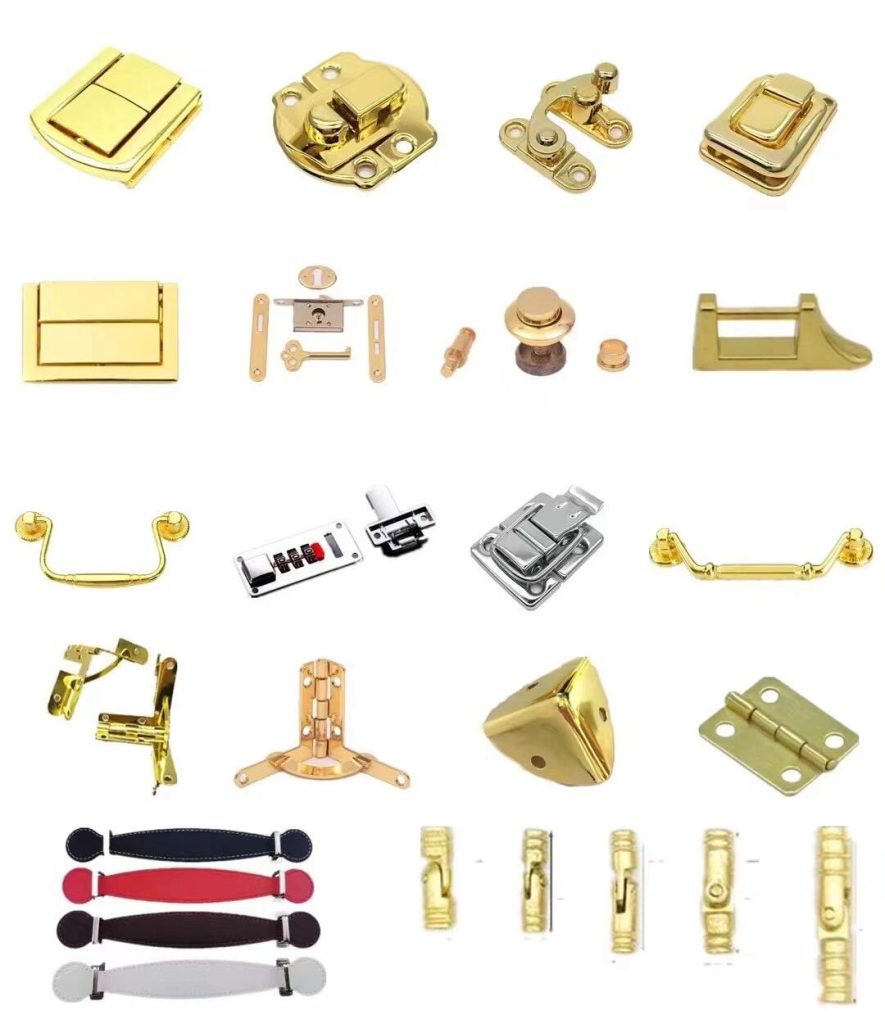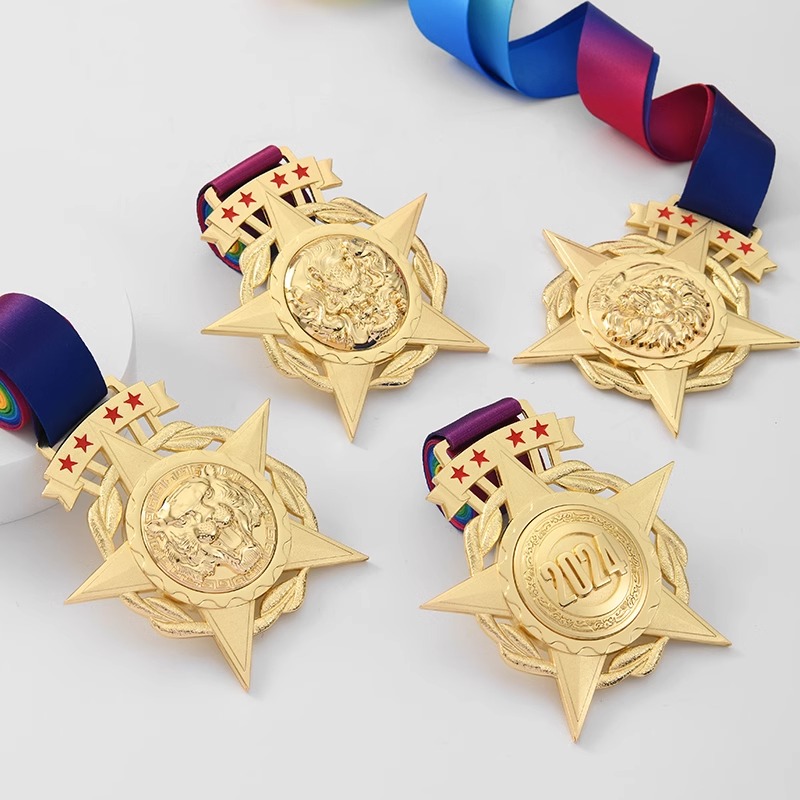一、Definition and Composition
Zinc alloy is an alloy composed of zinc as the base with other elements added. The main alloying elements include aluminium, copper, magnesium, etc. For example, in a typical zinc alloy, the aluminium content may be around 3.5% – 4.3%, the copper content is about 0.75% – 1.25%, and the magnesium content is between 0.03% – 0.08%. The addition of these alloying elements can significantly improve the physical and chemical properties of zinc.
二、Physical Properties
1、Density
The density of zinc alloy is relatively small, approximately 6.3 – 6.7 grams per cubic centimeter, which is lower than that of materials such as steel. This makes zinc – alloy products relatively light in weight, facilitating handling and use. For example, some small hardware fittings made of zinc alloy, such as handles and decorative parts, due to their light weight, do not add excessive weight burden to the installed objects.
2、Melting Point
The melting point of zinc alloy is low, generally between 380 – 420℃. The low melting point makes zinc alloy easier to melt and form during the casting process. Compared with other high – melting – point metal alloys, it requires less energy consumption. This also provides convenience for its large – scale production using the casting process, such as the manufacture of zinc – alloy toy models and decorative items with complex shapes.
3、Strength and Hardness
Its strength and hardness are moderate. After appropriate heat – treatment and processing techniques, zinc alloy can achieve a certain mechanical strength and can meet the requirements of many daily application scenarios. For example, the outer shell of a door lock made of zinc alloy has sufficient strength to withstand a certain degree of external impact and wear during daily use.
4、Coefficient of Thermal Expansion
The coefficient of thermal expansion of zinc alloy is relatively large, which means that its size changes more obviously with temperature changes. In some high – precision application scenarios, the impact of this characteristic needs to be considered. For example, when manufacturing zinc – alloy parts of precision instruments, the size change caused by temperature change needs to be compensated.
三、Chemical Properties
1、Corrosion Resistance
Zinc alloy itself has a certain degree of corrosion resistance. When the zinc alloy is exposed to the air, a dense oxide film will form on its surface, and this oxide film can prevent further oxidation and corrosion. However, its corrosion resistance is still relatively limited. In some harsh environmental conditions, such as high humidity, strong acid or alkaline environments, zinc alloy may corrode. To improve its corrosion resistance, the zinc alloy can be surface – treated, such as electroplating chromium or nickel.
2、Reaction with Other Substances
Zinc alloy will react with other substances under certain conditions. For example, zinc alloy is prone to electrochemical corrosion in a solution containing chloride ions (such as seawater). When in contact with some metals, if there is an electrolyte, a galvanic cell may also be formed, leading to accelerated corrosion. Therefore, when using and designing zinc – alloy products, the use environment and possible contact substances need to be considered.
四、Manufacturing Processes
1、Casting Process
Zinc alloy is very suitable for casting. Due to its low melting point and good fluidity, it can well fill the mold cavity and manufacture various parts with complex shapes. Sand casting, die – casting and other casting methods can be used for the production of zinc alloy. Die – casting is an efficient casting method and is widely used in the manufacture of precision parts of zinc alloy, such as the outer shell of electronic products and automotive interior parts. During the die – casting process, the high – pressure rapidly injects the molten zinc alloy into the mold, and parts with high – dimensional accuracy and good surface quality can be obtained.
2、Mechanical Processing Process
Zinc alloy can also be mechanically processed, such as turning, milling, drilling, etc. However, due to its relatively low hardness, during the processing, attention should be paid to selecting appropriate cutting tools and processing parameters to prevent defects such as tearing and burrs on the part surface. For example, when turning zinc – alloy parts, the cutting edge of the tool should be sharp, and the cutting speed and feed rate should be properly controlled to obtain good machining surface quality.
五、Application Fields
1、Hardware Industry
Zinc alloy is widely used in the hardware industry. For example, it is used to make the handles of various hardware tools. Its light weight and good formability can make the handle design more ergonomic. It is also used to manufacture door and window hardware fittings, such as hinges and handles, providing aesthetic and practical solutions.
2、Automotive Industry
In automotive interior parts, zinc alloy can be used to manufacture dashboard knobs, interior handles and other components. These components not only need to have a certain strength and aesthetics but also need to meet the requirements of lightweight, and zinc alloy just meets these characteristics.
3、Electronics Industry
Zinc alloy is one of the commonly used materials for manufacturing the outer shell of electronic products. For example, the outer shells of some small electronic devices such as MP3 players and digital cameras are made of zinc alloy, which can not only achieve a complex appearance design but also provide a certain degree of anti – drop and anti – crushing performance.
4、Toy Industry
Due to its low melting point, easy – to – form nature, and relatively safe and non – toxic characteristics, zinc alloy is widely used in toy manufacturing. For example, it is used to manufacture toy car and toy figurine models. Through the casting process, various – shaped toy parts can be quickly produced.

